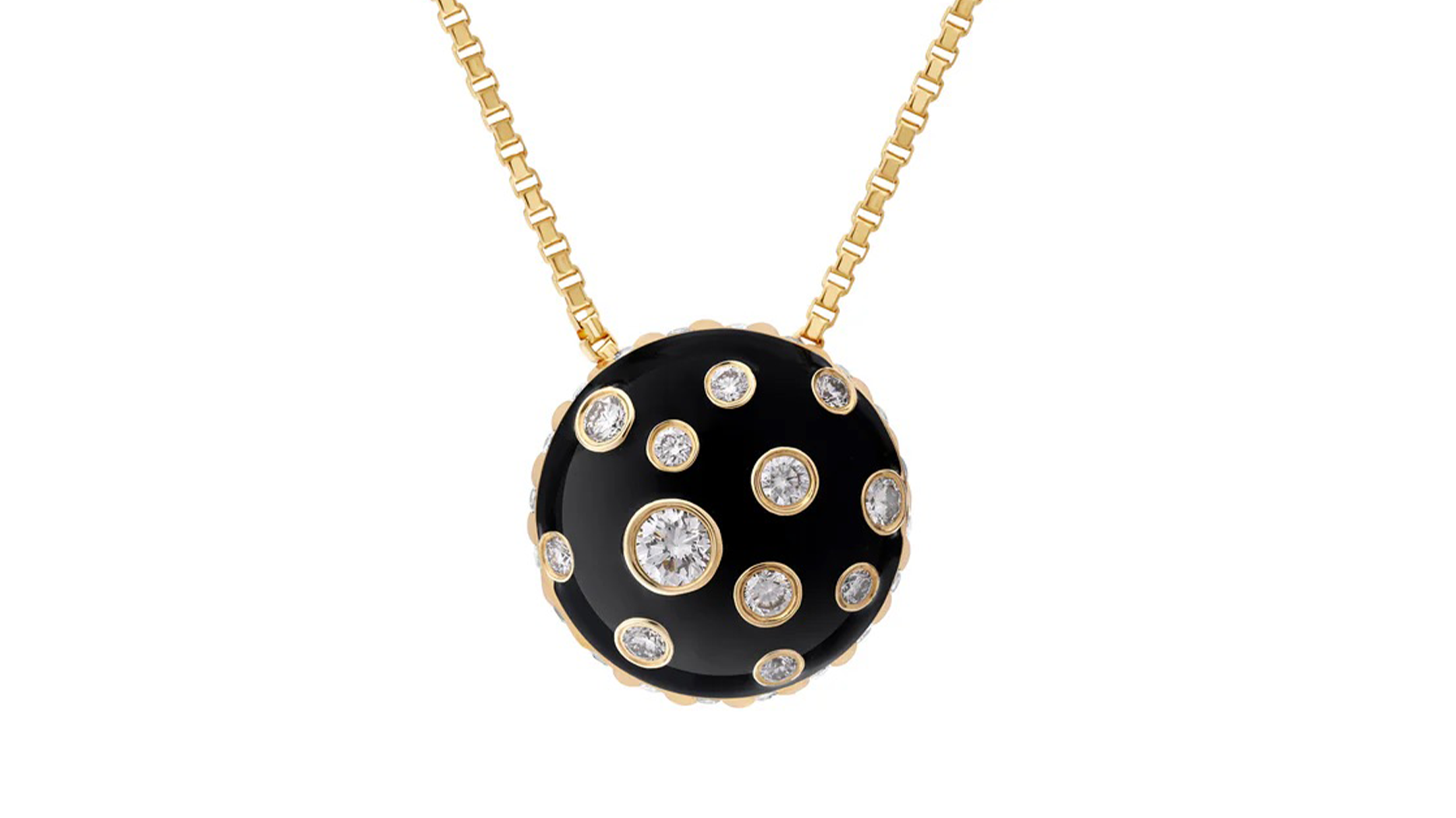During its Q3 call, CEO Efraim Grinberg discussed the deal to lower tariffs on Swiss-made watches, watch market trends, and more.
The history behind … acrostic jewelry
This month, National Jeweler takes a look at the background of acrostic jewelry, which contained a message spelled out by the first letter of every gemstone in the piece.

New York--Antique acrostic jewelry is yet another indication that all trends really do just keep cycling in and out of fashion.
Developed as a way to relay terms of endearment and important dates and names using the first letter of each gemstone contained within the piece, acrostic jewelry was popular became of its personal sentiment. The most common were the rings that used gems to spell out the words “regard,” “dearest,” and “adore,” among others.
Now, as the personalization trend comes back into style, acrostic jewelry is returning to popularity among antique connoisseurs.
“This is the neat thing about acrostic jewelry--that it can have so much symbolism and meaning to you in terms of using the stones to represent secret messages,” said Susan Cohen of curated antique and vintage jewelry collection Circa 1700.
In this month’s The History Behind, National Jeweler discusses acrostic jewelry with Cohen and Elizabeth Doyle of Doyle & Doyle, a vintage and antique jewelry store in New York.
What is acrostic jewelry? These pieces used the first letter of each gemstone to convey secret messages or personal terms of endearment. For example, the popular “regard” rings featured a ruby, emerald, garnet, amethyst, another ruby, and a diamond. But by the time they were winding down in popularity, everybody knew what they meant and how to decipher the messages.
“Adore” and “Regard” were among two of the most popular phrases spelled out with stones, but people also used dates or spelled out their own messages that were more personal, some of which might’ve taken longer to decipher. It was very clear in most of those cases that it was an acrostic piece because of the sometimes odd combination of stones.
When was it popular? The pieces started showing up during the Georgian period and increased in popularity through the Victorian era (1837 to 1901, spanning the 64-year reign of Queen Victoria.) It is believed acrostic jewelry really got its start with designer Jean-Baptiste Mellerio of the House of Mellerio, a favorite of Marie Antoinette. He started with a ring using gems that spelled “J ’adore,” which is “I love” in French. Napoleon Bonaparte even had some very famous acrostic pieces that commemorated events.
“He had several pieces made for himself, for Joséphine (his first wife), and for his second wife. He had pieces made, especially bracelets, with names, dates and births on them,
Were they limited to specific types of stones or messages? Generally it was specific stones for each letter, but they could use them to make the jewelry say anything they wanted to, Cohen and Doyle noted.
In addition, some of the stones had different names at the time. For example, hessonite garnet used to be called vermeil (which now refers to gold-plated silver) and they would use it to spell out “love.”
The materials used also depended on what people were having commissioned. Once stacking acrostic rings became popular, they could play around with those in terms of using different stones to represent different information for people, and they would also do acrostic bracelets and brooches, which gave them more room to relay a message.
“I’ve seen a regard ring actually with six different bands,” Cohen said. “With the bracelets, that obviously gave them more room to be played with and they would have a lot more space. And then you could stack the rings. You could have different rings mean different messages or you could have the stones going all the way across the band as well.”
Are people buying these rings today? While they’re certainly not as popular and well-known now as they were then, people are buying acrostic pieces again. This jewelry is having a resurgence right now, especially amongst the crowd that already has an idea of what they are, Cohen and Doyle said.
The pieces that are in good shape with quality stones are especially popular. But they’re also hard to find, especially when they have unique designs. They’re similar to the trends popping up again right now of people wanting to be able to personalize and customize everything, and to have a piece with a history behind it adds more value.
Some jewelers today are even making modern versions, like the Lulu Frost brand, which calls them “code” instead of acrostic but means the same thing.
What are acrostic rings worth today? They tend to vary in price, depending on factors include the stones, age of the piece and size.
The simpler ones, like the “regard” rings, are among the easiest to find because there were a more made and many have survived. Those can be found for about $1,000, Doyle said.
Sometimes the gems are arranged in patterns, such as in a flower shape, and a more complicated design makes it more expensive, especially when it has a historical provenance. So, depending on the design, message, rarity and especially the date, acrostic pieces can cost as much as $3,000 to $5,000, Cohen said.
If a retailer wanted to add acrostic jewelry to their offerings, how would they do that? There are dealers who specialize in acrostic jewelry, and someone who carries Georgian or Victorian jewelry might have it.
Finding a dealer in the United Kingdom would probably be a good place to start because a lot of that jewelry has remained there and that seems to be the “hub” for a lot of those special pieces, Cohen said.
Doyle also noted, “The problem is there’s always a lot of fakes out there, so you have to be careful about that. You have to go with somebody who’s reputable and really knows what it is.”
The Latest

The “Embrace Your True Colors” campaign features jewels with a vibrant color palette and poetry by Grammy-nominated artist Aja Monet.

Luxury veteran Alejandro Cuellar has stepped into the role at the Italian fine jewelry brand.

How Jewelers of America’s 20 Under 40 are leading to ensure a brighter future for the jewelry industry.

The company gave awards to four students at the Namibia University of Science & Technology, including one who is a Grandview Klein employee.


She is remembered as an artist who loved her craft and was devoted to her faith, her friends, and her family.

It joins the company’s other manufacturing facilities globally, including in India, Botswana, and Namibia.

Roseco’s 704-page catalog showcases new lab-grown diamonds, findings, tools & more—available in print or interactive digital editions.

Vanessa Hickman, 49, allegedly sold a diamond bracelet that was mistakenly sent to her home.

GIA’s former president and CEO was presented with the Richard T. Liddicoat Award for Distinguished Achievement.

Social media experts spoke about protecting brand reputation through behaving mindfully online.

In 2026, the three will come together as “House of Brands,” with Gallet sold in Breitling stores and Universal Genève sold separately.

The second drop, which includes more Elphaba-inspired pieces from additional designers, will continue to benefit nonprofit Dreams of Hope.

Second-generation jeweler Sean Dunn has taken on the role.

Amber Pepper’s main focus will be on digital innovation and engaging younger consumers.
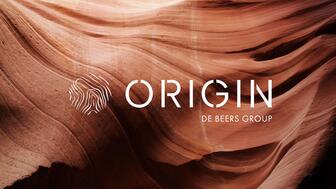
Called “Origin by De Beers Group,” the loose, polished diamonds are being sold in a total of 30 stores in the United States and Canada.
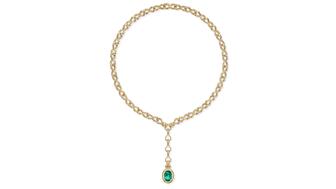
The lariat necklace features a 4.88-carat oval-cut Zambian emerald in 18-karat yellow gold.
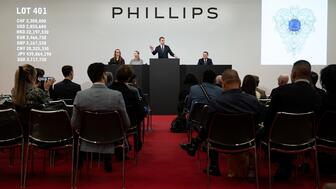
A 43-carat sapphire brooch from the Vanderbilt collection was the top lot of the Geneva sale.
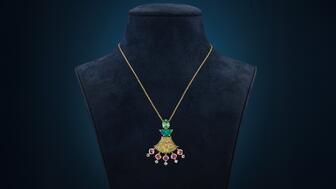
Rau is a fourth-generation art and antique dealer from M.S. Rau gallery whose first jewelry collection merges artifacts with modern design.

Former De Beers sustainability leader Purvi Shah will take over the role in February 2026.

La Joux-Perret is based in La Chaux-de-Fonds, Switzerland, and makes solar quartz as well as mechanical watch movements.

She previously taught at Gem-A and is the founder of The Gem Academy.

The British actress and her daughter modeled pieces from the brand’s new “Palette” capsule for its “Once Upon a Time” holiday campaign.

Plus, the tech giant shares the steps retailers should take if they believe they’re a victim of a review extortion scam.

Danny and Gaby Shaftel are now Shaftel Diamonds’ CEO and chief operating officer, respectively.

The jewelry manufacturer’s seasonal offering features its new “Melodie” bangles, as well as mini stud earrings and layering pieces.
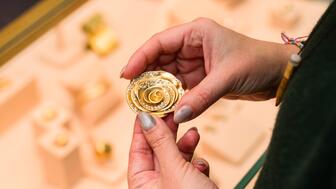
With more than 140 activations taking place in New York City now through Nov. 23, these 12 events are can’t-miss moments.














